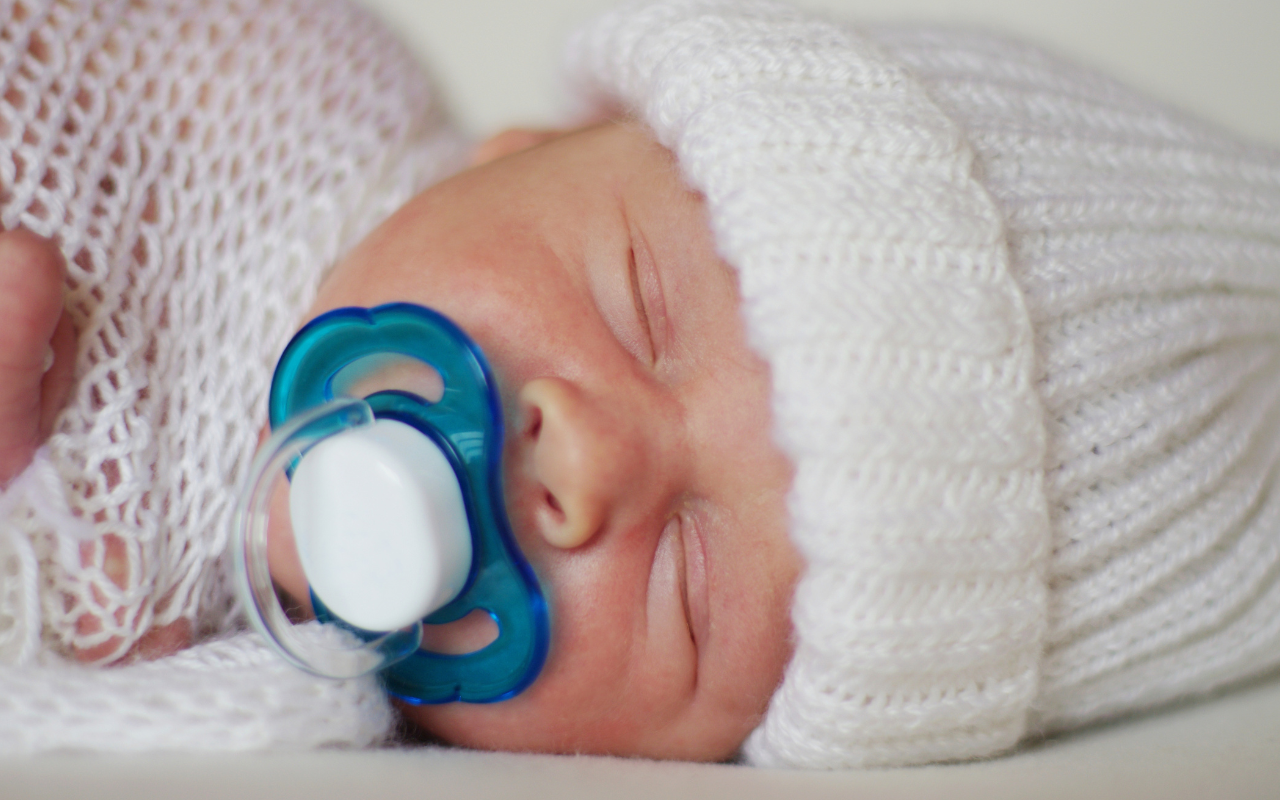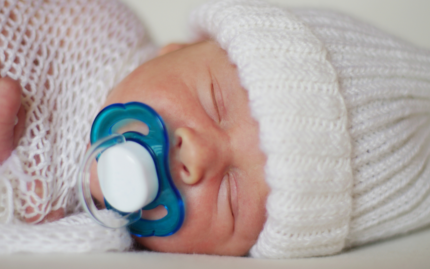Blog
Do Dummies Help with Sleep?

Dummies (also known as soothers or pacifiers) are a go-to comfort item for many parents, especially when trying to settle a restless baby. But do dummies really help with sleep? The answer isn’t black and white. It depends on your baby’s age, sleep habits, and how the dummy is used. In this guide, we break down the expert advice, pros and cons, and what you need to know about dummies and sleep—plus important safety tips around dummy clip use.
Table of Contents
The Sleep Benefits of Dummies
When used wisely, dummies can be a game-changer for sleep, especially in the early months. The sucking reflex is incredibly soothing for babies—it helps them calm down and self-regulate, which is why many newborns fall asleep while feeding or sucking.
Dummies can also act as a positive sleep association, meaning your baby links the dummy with falling asleep. This can help smooth out bedtime routines and reduce the stress of settling your little one. There’s even some evidence to suggest dummies help with reflux, offering added comfort during rest.
But the biggest benefit? Reduced risk of SIDS (Sudden Infant Death Syndrome). Studies across the UK, Europe, and the US have found that dummy use during sleep is linked to a lower risk of SIDS. In fact, the American Academy of Pediatrics recommends offering a dummy at nap time and bedtime for this reason.
The Downside: Sleep Disruption & Other Concerns
That said, dummies aren’t without drawbacks. One common issue is when a baby becomes dummy-dependent—needing it not just to fall asleep, but to stay asleep. If your baby can’t resettle without the dummy, you may find yourself popping it back in multiple times a night.
As sleep consultant Lucy Wolfe explains: “Sucking on the dummy at bedtime or having it replaced overnight is a sleep association. When it’s missing, babies wake up looking for it.”
Beyond sleep interruptions, prolonged dummy use has been linked to:
- More frequent respiratory or ear infections
- Potential dental issues with extended use
- Breastfeeding difficulties if introduced too early
That’s why experts recommend weaning from the dummy after six months, especially to reduce the risk of middle ear infections—but this needs to be balanced with the SIDS protection benefits during that same time frame.
Age Matters: When Dummies Work Best
Under 3 months, babies tend to sleep lighter and cycle more smoothly through sleep phases. This means they’re less likely to rely on the dummy to fall back asleep.
For overtired or overstimulated young babies, dummies can be incredibly effective when paired with other calming methods.
But after 4 months, as sleep cycles mature, the dummy can become a problem if your baby expects it to be there every time they stir. Frequent wake-ups and parental intervention are common at this stage. By 9-12 months, the dummy might become an attachment object, making weaning harder if needed.
SIDS & Dummies: What the Science Says
One of the strongest arguments for dummy use in sleep is the reduced risk of SIDS. A major study in the British Medical Journal found that babies who used a dummy during their last sleep had a significantly lower risk of SIDS—an adjusted odds ratio of just 0.08[4].
What’s even more reassuring: the protective effect appears to remain even if the dummy falls out during sleep. According to Natural Baby Shower, you don’t need to keep replacing it throughout the night[6].
Dummy use seems to offer extra protection in higher-risk sleep situations too, like soft bedding or co-sleeping with a smoker.
Important Note on Dummy Clips at Night
Dummies themselves can be safe during sleep—but dummy clips must always be removed before putting your baby down.
While useful during the day, dummy clips can pose serious risks overnight:
- Strangulation hazard if the strap wraps around the neck
- Choking risks if any parts come loose
- Entanglement as babies move during sleep
Our advice is clear: “Always remove the dummy clip before sleep.” The same advice is echoed by experts and aligns with British Standard EN 12586 safety guidance for dummy clips.
Even if it means hunting around in the dark for a lost dummy, the safety trade-off is worth it.
Tips for Smarter Dummy Use at Bedtime
For babies under 6 months:
- If breastfeeding, wait until feeding is well-established before introducing a dummy (around 3-4 weeks).
- Incorporate the dummy into your bedtime routine to build positive sleep cues.
- Don’t stress if it falls out—young babies often settle again without help.
For older babies:
- Focus on good sleep habits and consistent routines to avoid over-reliance on the dummy.
- Once baby can use their hands, place multiple dummies in the cot so they can find one independently.
- Expect to help occasionally—0 to 2 night wakings isn’t unusual, even with good sleep skills[2].
For all ages:
- Never use dummy clips during sleep – daytime only.
- Check dummies regularly for wear and tear, and replace as needed.
- Clean dummies daily following manufacturer advice.
Weighing It All Up
There’s no one-size-fits-all answer. For many families, dummies provide crucial comfort and better sleep, particularly in those challenging newborn months. The SIDS reduction makes it an option well worth considering.
A balanced approach could look like:
- Using a dummy consistently until around 6 months
- Developing strong independent sleep habits alongside it
- Gradually weaning if and when dummy use starts disrupting sleep
- Following safety rules around dummy clips at all times
As always, go with what works best for your baby—and trust your instincts.
Final Thoughts
Yes, dummies can help with sleep—but they’re not magic. Like any sleep tool, they work best when used intentionally and safely.
Stay responsive to your baby’s cues, and don’t be afraid to adapt your approach over time. And whatever you do, keep dummy clips out of the cot.
Need a stylish, safe dummy clip for daytime use? Shop our best-selling silicone dummy clips



